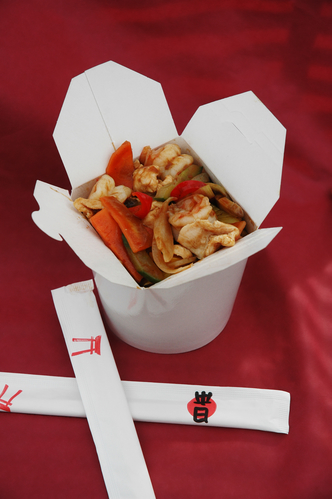M. S. G. – What is it and What Names are Used to Hide it in Our Food
 Monosodium Glutamate (MSG) is the sodium salt of glutamic acid.
Monosodium Glutamate (MSG) is the sodium salt of glutamic acid.
Kombu, a seaweed, was first used in Japan as a flavor enhancer. A Japanese doctor isolated the main ingredient — MSG, or monosodium glutamate — and started what has become a million-dollar industry.
MSG is now the most widely used flavor enhancer in the world. MSG and MSG-containing substances are used in processed food, in fast foods, and in Chinese food. They’re also found in nearly all canned and frozen foods.
MSG has been linked with Chronic Fatigue. MSG is a neurotransmitter which is “a substance that stimulates the brain-cell activity”. Unfortunately, the brain cells can be overexcited and burn themselves out. This form of glutamate can become toxic and begins destroying cells in your body. It can cause nerve damage.
When plant and animal products are processed, proteins are often broken down into their building blocks known as amino acids, thus freeing up the MSG. Only when it is freed from its natural protein form through food processing does it have the ability to stimulate our brain receptors or cause symptoms.”
It is a big culprit in causing water retention and it can be hidden under a variety of names:
Modified food starch, autolyzed yeast, calcium caseinate, sodium caseinate, hydrolyzed protein, hydrolyzed vegetable protein, carrageenan, glutamic acid and yeast extract.
MSG is also present in most protein isolates (soy isolates, whey isolates, etc.)
If you taste foods that taste a little too good and can keep eating more than usual, but the next day your finger joints aches and feel puffy, it sounds like MSG.
Most boxed foods, canned foods, gravies, sauces, mixes, TV dinners, lunch foods, hot dogs and condiments have either MSG or lots of chemicals or preservatives that all cause the same water retention.
When shopping make sure you read the labels.
In animal studies, MSG has been shown to triple the output of insulin. Insulin is not only the major fat-making hormone and is the main preventer of fat-burning.
MSG is also a neurotoxin. It can damage nerve cells. Here is an article written about this: “Protect Yourself from a “Food” Ingredient That Causes Nerve Damage!” by Bob Held. Read the article here MSG in Food
A Complete List of MSG – CHECK YOUR LABELS
Autolyzed plant protein
Autolyzed yeast
Calcium caseinate
Gelatin
Glutamate Textured protein
Glutamic acid
Hydrolyzed Plant Protein (HPP)
(any protein that is hydrolyzed)
Hydrolyzed protein
Hydrolyzed Vegetable Protein (HVP)
Monopotassium glutamate
Monosodium glutamate
MSG
Natural flavors
Sodium caseinate
Spices
Textured protein
Yeast extract
Yeast food
Yeast food nutrient
Terms that frequently indicate hidden MSG additives
Malt extract
Bouillon
Broth
Stock
Flavoring
Natural Flavoring
Natural Beef or Chicken Flavoring
Seasoning
Spices
Additives that may contain MSG or excitotoxins
Carrageenan
Enzymes
Soy Protein Concentrate
Soy Protein Isolate
Whey Protein Concentrate
Protease enzymes of various sources can release excitoxin amino acids from food proteins.
Sign up to receive the MCVitamins Newsletter!
Up-to-date info on the latest health-related news happening in the world
(available in English only)

